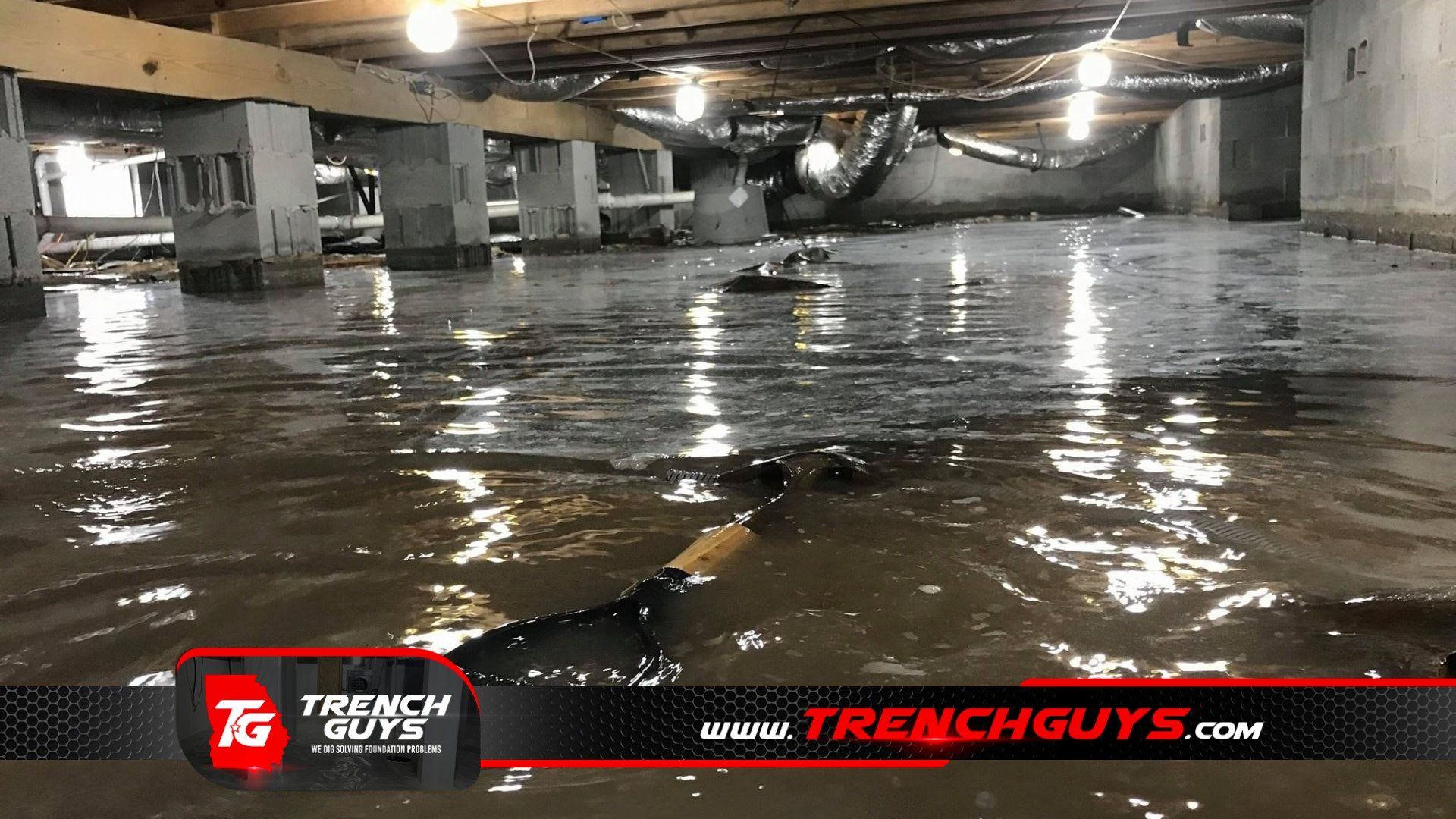Water in your crawl space can lead to significant structural damage, mold growth, and other health hazards. It's crucial to remove the water and prevent future damage. In this comprehensive guide, we'll cover the steps you can take to remove water from your crawl space and prevent future water damage, ensuring a safe and healthy home environment.
Overview of Crawl Space Water Removal
Water in your crawl space can come from many different places, like rain, the ground, or plumbing leaks. Removing the water involves several steps, including:
- a musty or moldy smell.
- Stains or discoloration on the walls or floor
- warped or buckled wood.
- rust on metal surfaces.
- condensation on pipes or air ducts
If you notice any of these signs, it's essential to take action to remove the water and repair the damage promptly. Ignoring water damage can lead to more significant problems, such as mold growth or structural damage. Regular inspections and maintenance can help prevent water damage and detect issues early on.
Assessing Crawl Space Water Damage
Water damage in your crawl space can be subtle, making it challenging to detect. Here are some signs of water damage to look for:
- Standing water or moisture on the ground or walls
- a musty or moldy smell.
- Stains or discoloration on the walls or floor
- warped or buckled wood.
- warped metal surfaces.
- corrosion on pipes or air ducts
If you see any of these signs, it's essential to take action to remove the water and repair the damage promptly. Ignoring water damage can lead to more significant problems, such as mold growth or structural damage. Regular inspections and maintenance can help prevent water damage and detect issues early on.
Crawl Space Water Prevention Strategies
Preventing water from entering your crawl space is key to avoiding water damage and the costly repairs that come with it. Here are some strategies to help prevent water from entering your crawl space:
- Install gutters and downspouts to direct rainwater away from your foundation.
- Make sure that your yard slopes away from the foundation of your home so that water doesn't pool there.
- Repair any cracks or openings in your foundation or walls.
- Install a sump pump to remove excess water if needed.
- Check your plumbing and HVAC systems for leaks and repair any issues promptly.
- Make sure the vents in your crawl space are clean and working properly to keep air moving and stop moisture from building up.
- a condensation-tight vapor barrier to prevent moisture from seeping through the ground and into your crawl space.
By taking preventative measures, you can reduce the risk of water damage and keep your crawl space dry and healthy. Maintenance and inspections on a regular basis can also help you find problems early and fix them before they get worse.
Facts About Crawl Space Water Removal
- Crawl space water removal is an important step in preventing water damage and mold growth in your home.
- It is important to identify the source of water in your crawl space and address it before attempting water removal.
- Crawl space water removal can be done by a professional or by the homeowner with the right tools and knowledge.
- The most common causes of water in a crawl space are plumbing leaks, poor drainage, and high humidity.
- If left unaddressed, water in a crawl space can lead to wood rot, mold growth, and structural damage.
- The first step in crawl space water removal is to identify the source of the water and address it.
- The next step is to remove the standing water from the crawl space.
- This can be done with a sump pump, wet/dry vacuum, or a combination of both.
Frequently Asked Questions:
What are the most common causes of water in a crawl space?
Most of the time, water in a crawl space is caused by poor drainage, foundation cracks or damage, plumbing leaks, problems with the HVAC system, or too much moisture because there isn't enough air flow or there isn't a vapor barrier. Most of the time, water in a crawl space is caused by poor drainage, foundation cracks or damage, plumbing leaks, problems with the HVAC system, or too much moisture because there isn't enough air flow or there isn't a vapor barrier.
How can you tell if you have a water problem in your crawl space?
Standing water or puddles, a musty smell, mold growth, condensation on pipes or walls, floorboards that are warped or buckled, and insect or rodent infestations are all signs of a water problem in a crawl space. A professional inspection can also help identify issues.
How can you prevent water from entering your crawl space?
To keep water from getting into your crawl space, you can install gutters and downspouts to direct rainwater away from your foundation, make sure your yard is properly graded, fix foundation or wall cracks, install a sump pump, check your plumbing and HVAC systems, and think about putting up a vapor barrier.
What are the most effective methods for crawl space water removal?
Using a sump pump, a wet or dry vacuum, or a professional water removal service are the best ways to get rid of water in a crawl space. It's important to find out where the water is coming from and fix any problems that might be causing it.
What are the risks associated with crawl space water removal?
There are risks to getting water out of your crawl space, such as electrical hazards, being exposed to harmful bacteria or mold, and damaging your home's foundation or walls. to take safety precautions and consider hiring a professional water removal service.
Contact Trench Guys Today!
Trench Guys will do everything we can to ensure your experience with us is excellent.
Request A FREE Estimate
Request a Free Estimate Form
Checkout Recent Post
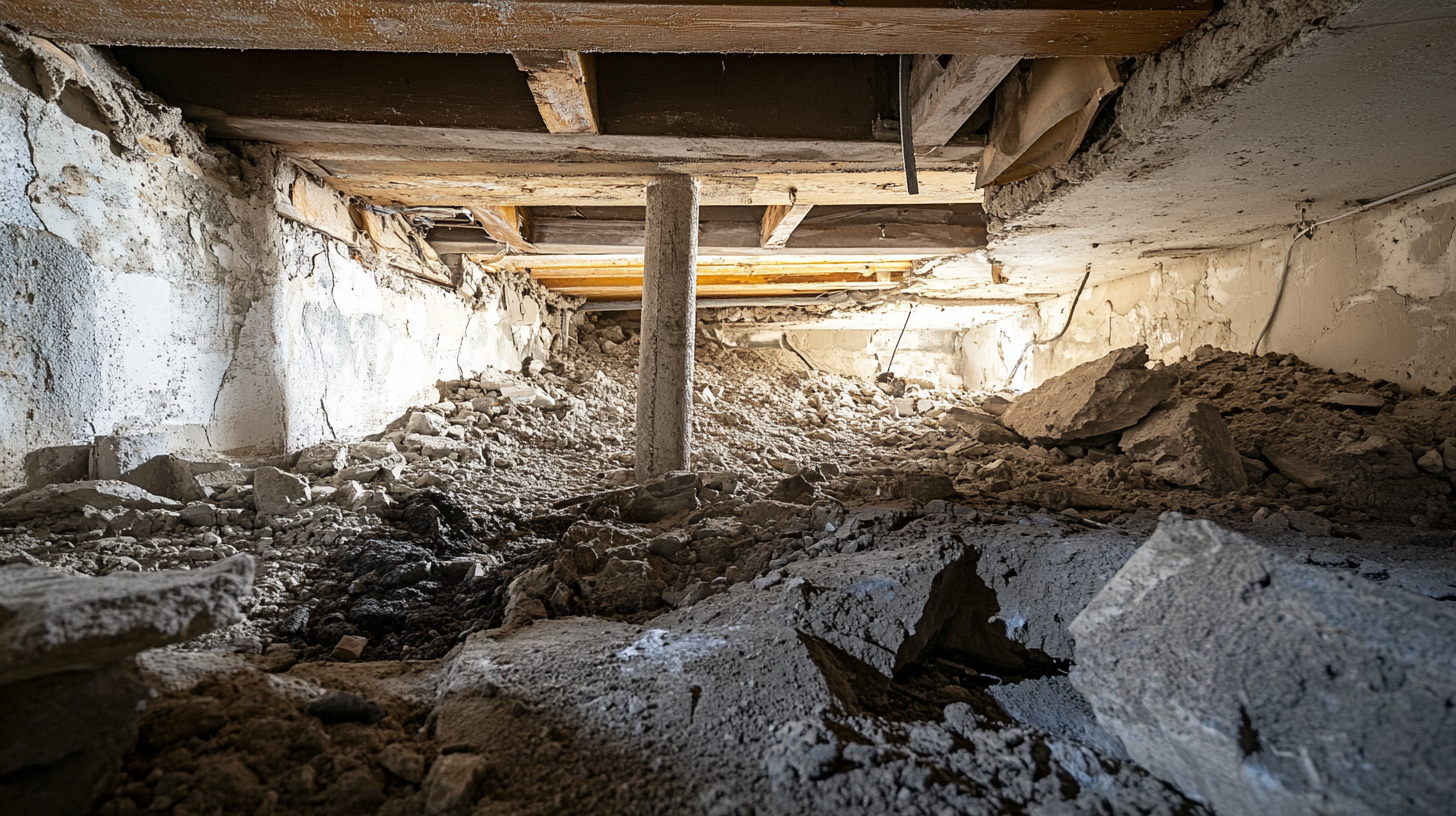
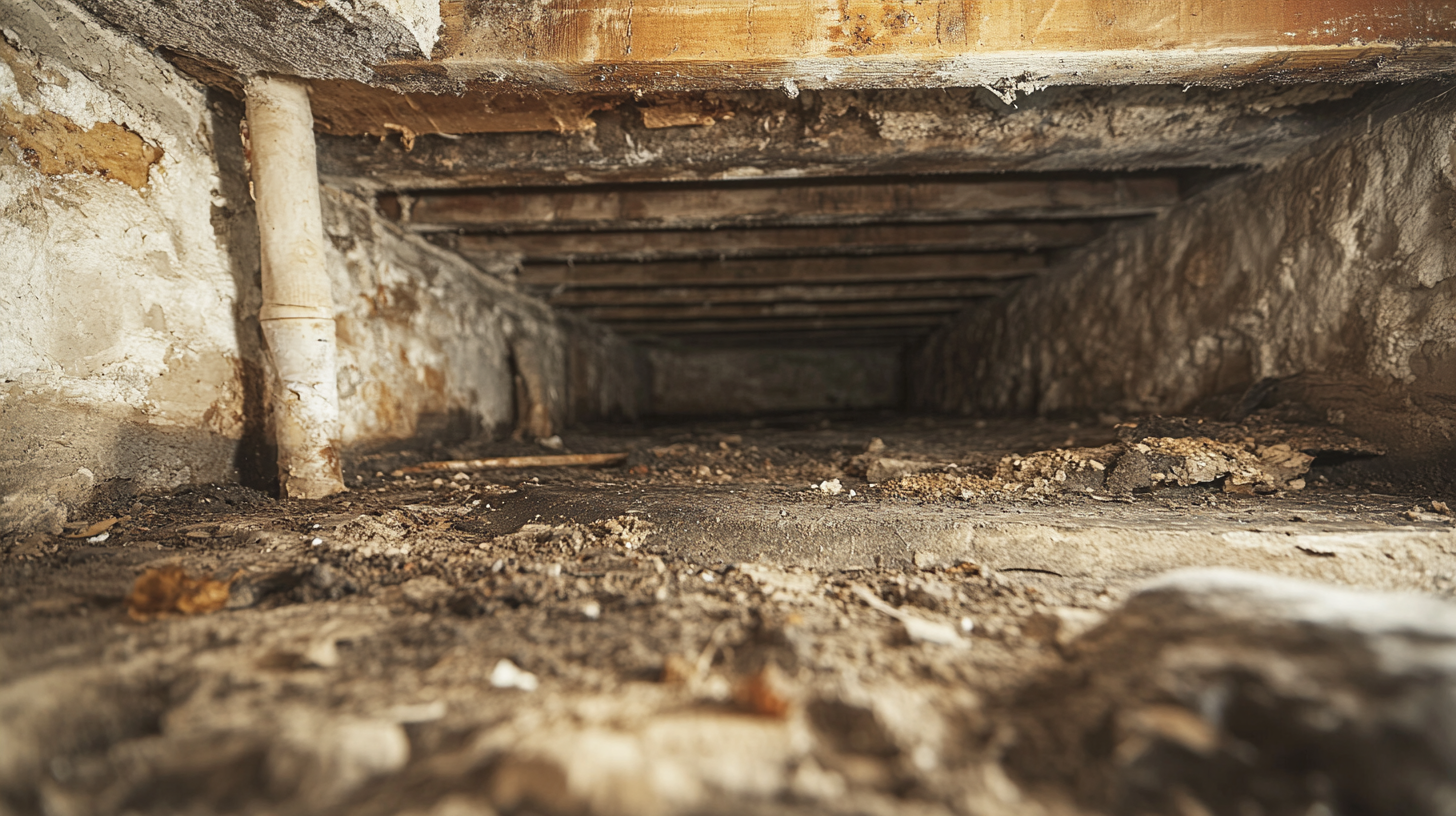
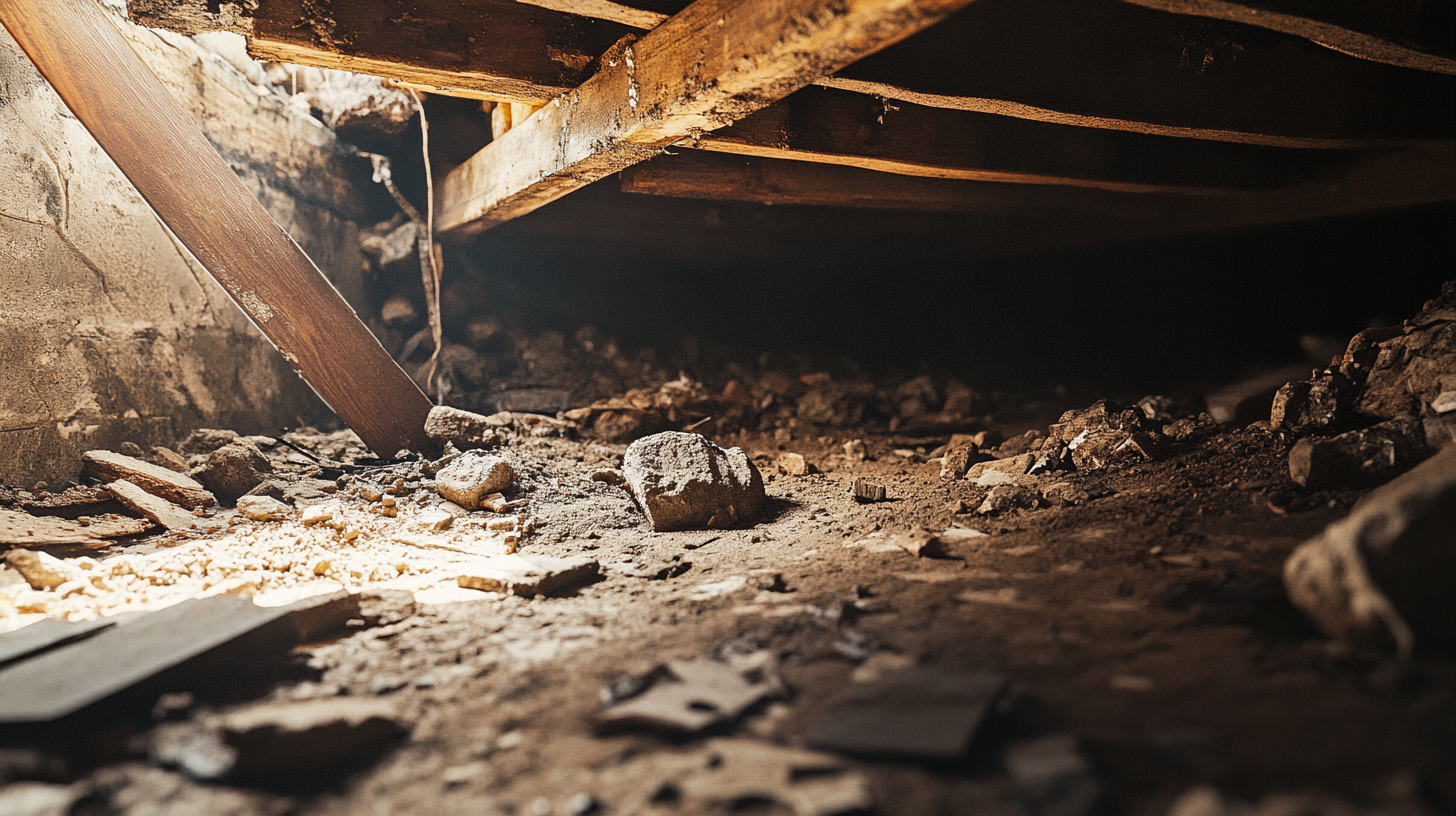
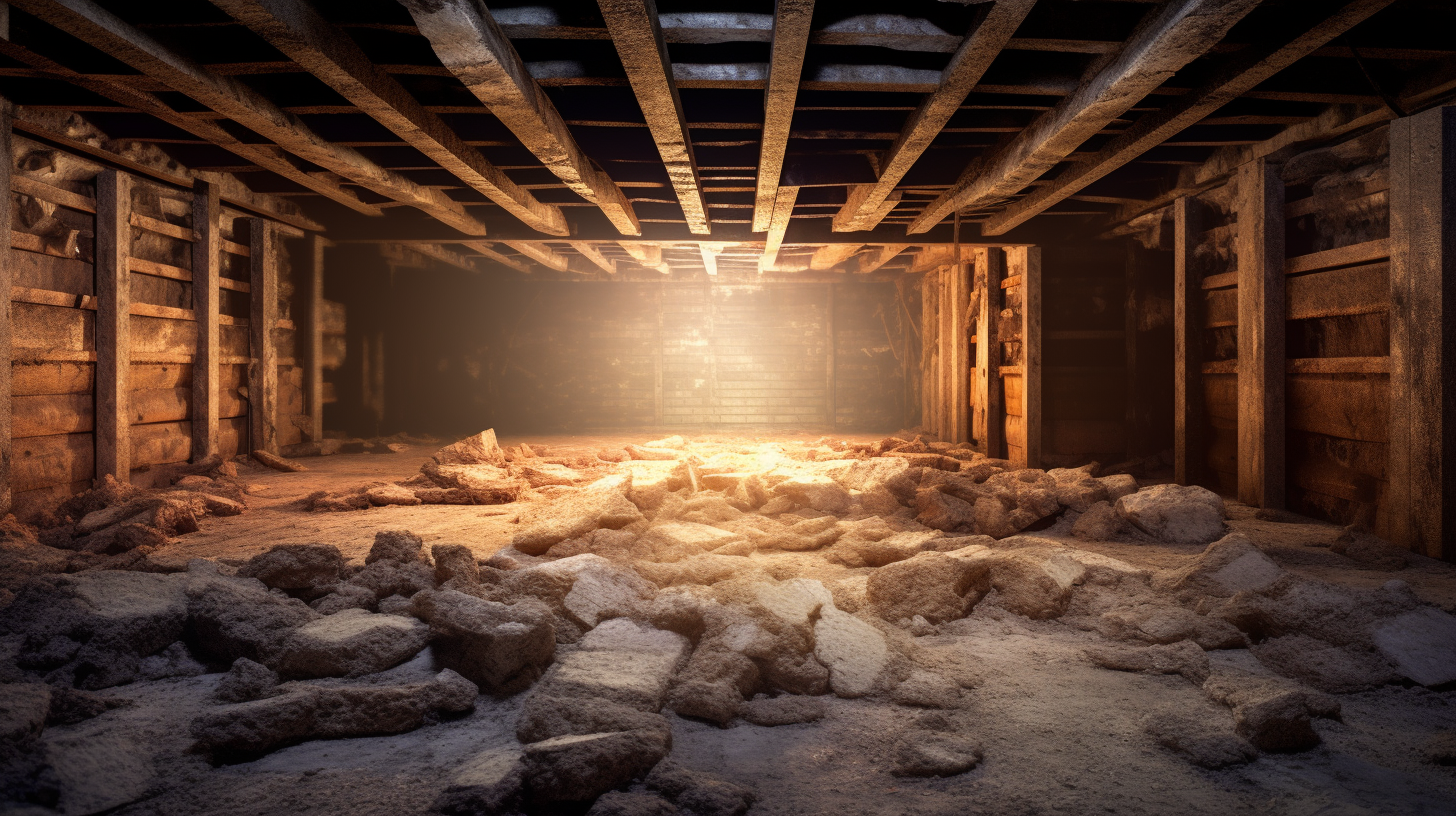
Got a Question? We’re Here to Help.
You can arrange an appointment or make an enquiry by phone or email, orget in touch to us via our contact form.


